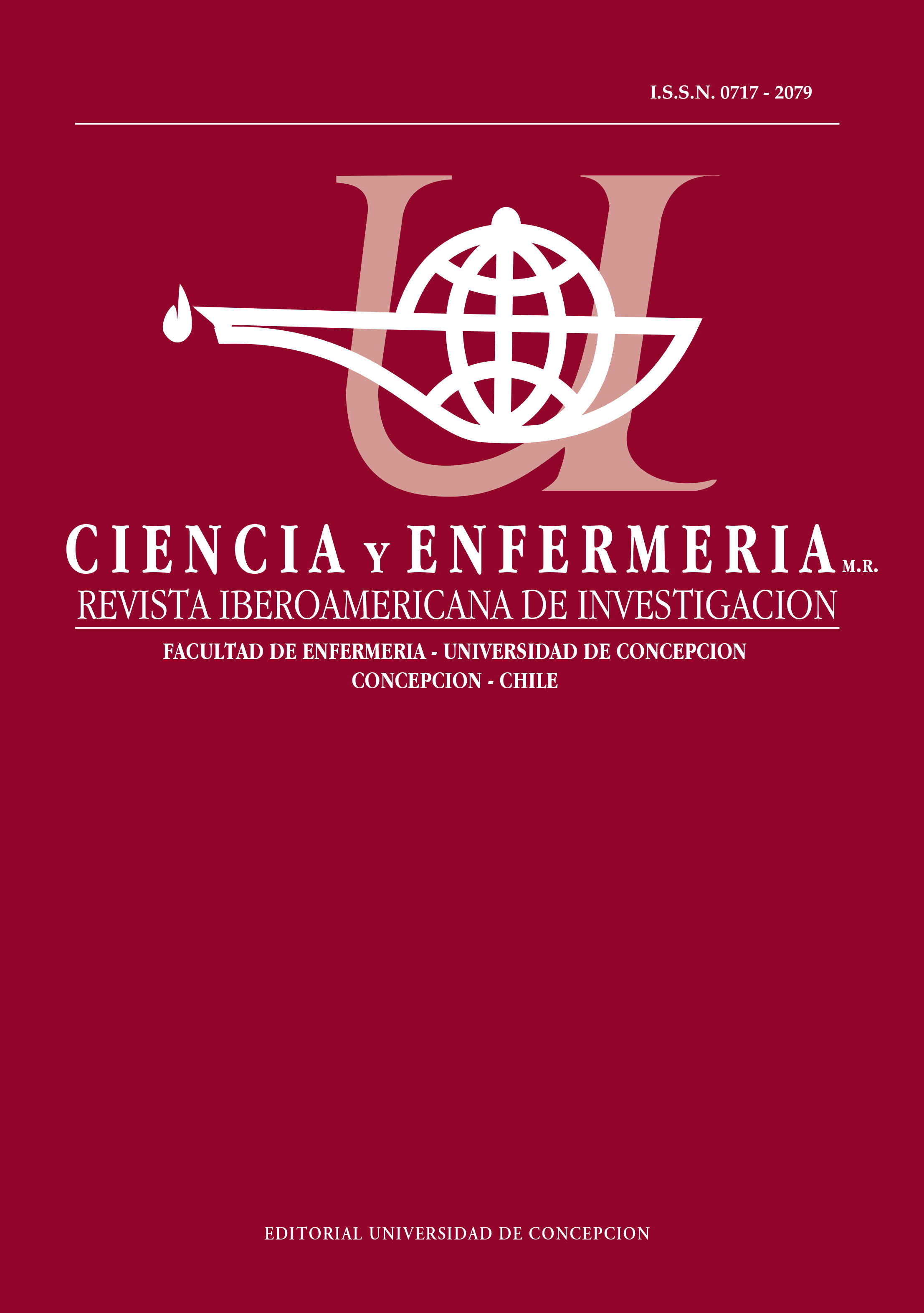TREND ANALYSIS OF THE BLOODSTREAM INFECTION INDICATOR IN CHILE
DOI:
https://doi.org/10.29393/CE29-17ATCV40017Keywords:
Hospital Infection, Nursing, Health Administration, Health Care Quality Indicators, CatheterRelated InfectionsAbstract
Objective: To analyze the trend of bloodstream infections associated with central venous catheter insertion
in the Chilean healthcare system. Materials and Methods: Ecological study with trend analysis of the annual
prevalence of bloodstream infections associated with central venous catheter insertion in Chilean hospitals from 2001 to 2019. For univariate analysis, frequencies, percentages, mean and standard deviation were used. For bivariate analysis, the X 2 test and Student’s t-test were used, according to the nature of the variables, with a significance level of p<0.01. For the trend analysis, a linear trend analysis of the annual prevalence was performed using the Prais-Winsten autoregression method, which allows the estimation of a global trend of a series of data of a quantitative indicator. The annual percent change (APC) and its 95% confidence intervals (CI-95%) were
calculated. Results: A total of 27,197,232 cases were analyzed. An overall increasing and significant trend was observed throughout Chile (APC=0.00370; 95% CI=0.0034 / 0.0039), with an average interannual growth rate of 5%. In general, the analysis by region shows a static trend. Conclusion: Central venous catheter-related bloodstream infection is a growing complication in Chile. Therefore, it is necessary to develop programs and interventions to control the progression of this complication.
Downloads
Published
How to Cite
Issue
Section
Copyright (c) 2023 Cibeles González Nahuelquin, María Loreto Maciá Soler , Emanuel Arredondo González, Victor González Chordá

This work is licensed under a Creative Commons Attribution 4.0 International License.













